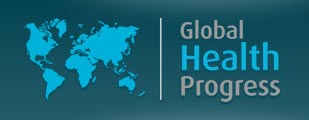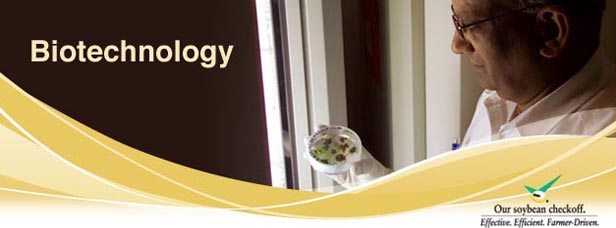MicroTissues, Inc. announced today that its 3D Petri Dish™ is targeted towards helping to reduce the numbers of animals used in research. The 3D Petri Dish™ is a new tool for the world wide industry of life sciences research and drug discovery that grows living cells in three dimensions (3D). These 3D microtissues replicate the function of natural tissues and organs better than conventional 2D methods and are increasingly being used in toxicity testing of new drugs and cosmetics.
“Worldwide, efforts are underway to reduce the use of animals in research and we’re excited to be offering a new technology for toxicity testing†said Brian Morgan, Marketing Manager of MicroTissues, Inc. “The 3D Petri Dishâ„¢ is a reliable 3D cell culture technology that accurately produces natural cell-to-cell interactions and is easy to use. And, it forms 3D microtissues from human cells, so toxicity testing data is more relevant.â€
Effective 2009, the European Union banned the use of animal testing for cosmetic products and many believe the trend to reduce the use of animals in research will continue worldwide. MicroTissues, Inc. is helping to address this issue by offering eight products that are precision micro-molds used to cast 3D Petri Dishesâ„¢ that fit in standard multi-well plates. The 3D Petri Dishâ„¢ forms hundreds of multi-cellular 3D spheroids from cells useful for toxicity testing including hepatospheres, cardiospheres, mammospheres, neurospheres, and embryoid bodies. The 3D Petri Dishâ„¢ technology also forms microtissues with complex shapes having geometries that mimic natural organs. Over thirty different cell types, including primary human cells, have been shown to form 3D microtissues in the 3D Petri Dishâ„¢.
MicroTissues, Inc. a privately held company with an exclusive worldwide license to US and international patent applications on the 3D Petri Dish™, is advancing technologies and applications of 3D cell culture. The company’s products stand above the rest because they are designed to create more natural and more reliable 3D cell culture environments based on cell-to-cell interactions in convenient and consistent formats that generate high content information. The company’s lead line of products, the 3D Petri Dish™, is serving the needs of researchers in a wide range of areas including cancer research, stem cell biology, toxicity testing, developmental biology, drug discovery, regenerative medicine and tissue engineering. In addition to products for basic research, MicroTissues, Inc. is using its platform technology to pursue applications in drug discovery and cell therapy. For more information, please visit www.microtissues.com.
Via EPR Network
More Biotech press releases











